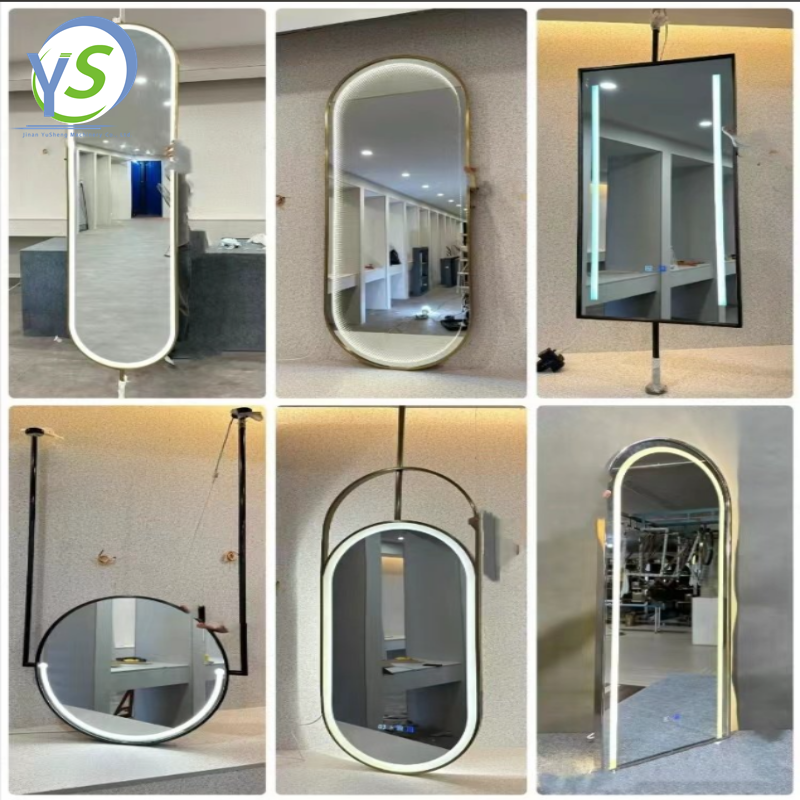Introduction
The glazing bead saw is an essential machine in the fabrication of windows and doors, particularly for processing PVC, aluminum, or composite profiles. Designed to cut glazing beads—strips that secure glass panes within frames—this tool ensures precision, efficiency, and consistency in production. Its applications span residential, commercial, and industrial construction, making it indispensable in modern fenestration manufacturing.
Key Features and Functions
- Precision Cutting
- The saw specializes in 45° miter cuts for seamless jointing of glazing beads, ensuring airtight and watertight window assemblies.
- Models like the SYJW-1800 and SYJ03-1800 can cut two bead pieces simultaneously, doubling productivity.
- Technical Specifications
- Power Supply: Typically 380V/50Hz for industrial use.
- Motor: Dual cutting motors (e.g., 2×1.1 kW) with speeds up to 2,800 rpm for clean cuts.
- Automation: Some versions offer CNC controls for repeatable accuracy.
- Material Compatibility
- Primarily used for PVC profiles (common in uPVC windows) but also adapts to aluminum or composite beads.
- Handles single, double, or triple glazing bead designs (e.g., Single/Double/Triple Glazing Bead classifications).
Industrial Applications
- Window/Door Manufacturing: Cuts beads for casement, sliding, or fixed windows.
- Energy Efficiency: Ensures tight seals for insulated glazing units (IGUs), reducing thermal leakage.
- Customization: Adjustable settings accommodate varied profile thicknesses and angles.
Advancements and Innovations
- User-Friendly Designs: Features like English-language manuals and 24/7 technical support streamline global operations.
- Safety Enhancements: Integrated guards and emergency stops align with industrial safety standards.
- Sustainability: Supports the production of energy-efficient windows, contributing to green building practices.
Conclusion
The glazing bead saw exemplifies the intersection of precision engineering and construction needs. From its roots in traditional woodworking (echoing innovations like Lu Ban’s saw) to today’s automated systems, it remains a cornerstone of fenestration technology. As demand for high-performance windows grows, this tool will continue evolving—driving efficiency and quality in the glass and glazing industry.



